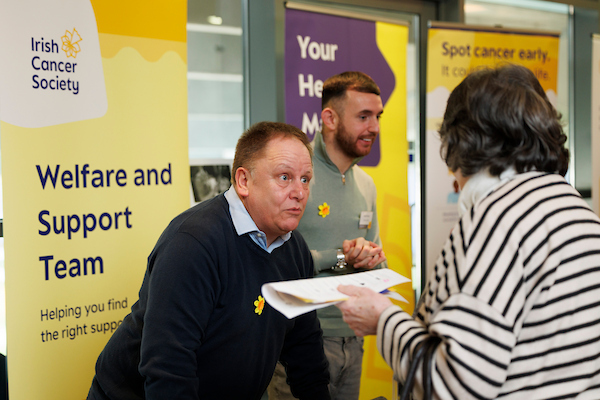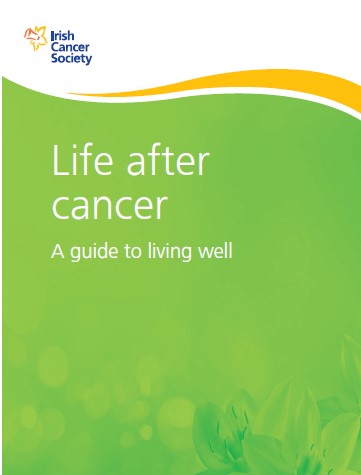Prostate cancer
After treatment
What follow-up do I need?
After your cancer treatment has ended, you will still need regular appointments with your cancer specialist. This is called follow-up. Your doctor will discuss your follow-up plan with you.
Make sure you understand your follow-up plan and have a phone number to contact if you have any queries.
Follow-up may involve PSA tests and maybe a digital rectal exam (DRE). At first you will see your consultant every 3 months but these check-ups will become less frequent over time.
You may have follow-up appointments to check your PSA for many years. Some men have PSA tests at the hospital or you may have them at your local GP surgery.
Ask any questions you have, and to let your doctor know if you are having any problems. Tell them about any new symptoms, aches or pains you have, or if you are finding it hard to cope. It can help to write down what you want to say beforehand, so you don’t forget anything.
If you are between check-ups and have a symptom or problem that is worrying you, call your specialist nurse for advice or to arrange an earlier outpatient appointment if necessary.
If you become suddenly unwell and can’t contact your specialist nurse or hospital team, go to your GP or the emergency department at the hospital.
Why follow-up is important
It’s important to go to your follow-up appointments so your doctor can check for signs of the cancer coming back (recurrence) and help with any side-effects that you may have. They can also check for new side-effects that may develop after you have finished treatment. It is best to be aware of these as early as possible so that suitable treatment can be given.
Life after treatment
The end of treatment is a time when people often expect to feel relieved, happy and able to get on with life again, but it can take some time to adjust and for your body and mind to recover.
We have information to help you with:
- Side-effects
- Your feelings after treatment
- Living a healthy lifestyle
- Financial and practical matters
LACES after-treatment workshop

Join our Life and Cancer – Enhancing Survivorship (LACES) programme when you have finished treatment or started maintenance therapy.
This workshop covers topics such as diet, exercise, wellbeing, finance and self-management and gives information on support and services to help you.
What is PSA bounce?
If treatment has been successful you would expect the PSA level to drop. Sometimes your PSA may rise again after radiation treatment, as some prostate cells may still produce PSA. Sometimes the PSA level may rise and then fall again one to two years after treatment. This is called a PSA bounce.
It is not necessarily a sign that the cancer has come back. The PSA should drop to its lowest level after 18 months to 2 years after radiotherapy. This is often called the PSA nadir.
What if the cancer comes back?
Sometimes cancer does come back, even after successful treatment. Cancer cells may remain in your body and grow again, although your doctors do all they can to prevent this.
If the cancer comes back in your prostate or somewhere else, your doctor will advise you about your treatment options. This may include taking part in a clinical trial. You might also find it reassuring to have another medical opinion. Your doctor will refer you to another specialist for a second opinion if you feel this would be helpful.



Talk to a Cancer Nurse

Support Line
Our Daffodil Centres


